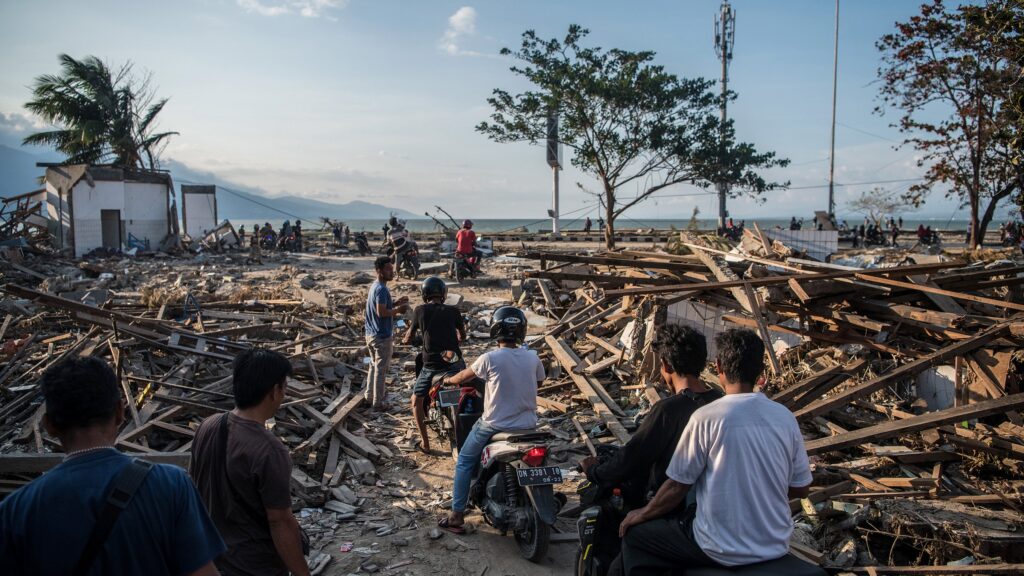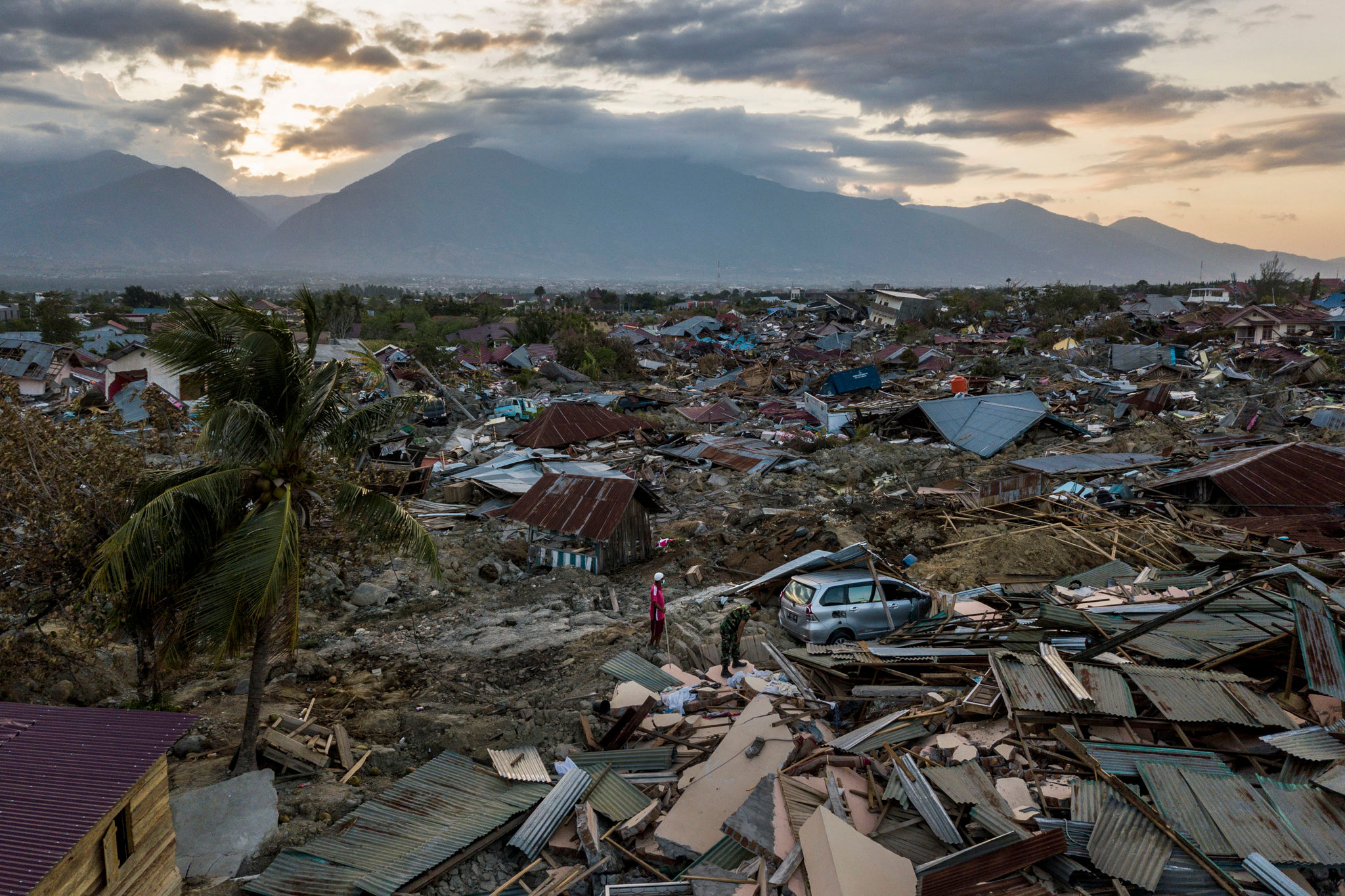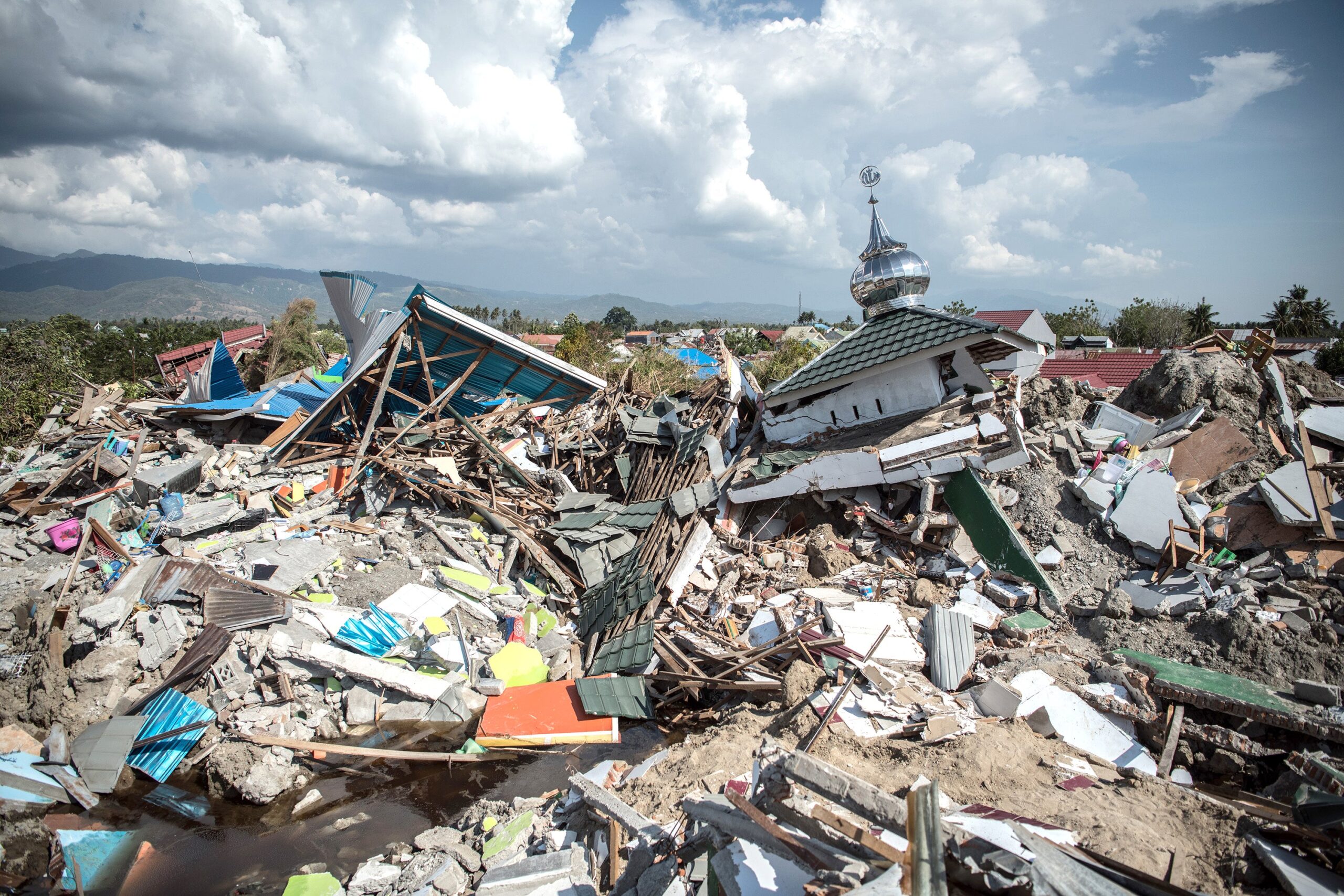Another Natural Disaster In Indonesia

Indonesia is one of the nations with the highest global catastrophe risk, and dealing with these catastrophic disasters is becoming costly for Indonesia. Being situated on the Ring of Fire, the nation of more than 270 million people is constantly affected by earthquakes, volcanic eruptions, and tsunamis. At least 162 people have died and 100 have been wounded as a result of an earthquake on Java, the largest island in Indonesia. Rescuers are looking for survivors buried under the wreckage as a series of aftershocks continue to shake Indonesia’s largest island, Java, which has been the scene of a severe earthquake that has killed 162 people and injured hundreds more. The earthquake’s epicenter is a heavily populated, landslide-prone area with many poorly constructed. The capital city of Jakarta also felt the effects of the earthquake.

The archipelagic nation of Indonesia has one of the highest rates of natural disasters globally, with at least 1.5 thousand disasters happening there each year. In Indonesia, there is typically one earthquake per year that has a magnitude of six or higher that results in both human casualties and environmental or infrastructural damage. Due to the disasters Indonesia faces, the government relies solely on the state budget to cover the cost of disasters. It puts at risk the funding set aside for other high-priority areas including education, health, and sub-national government initiatives.

In order to strengthen institutional capacity for both national disaster management planning and international and regional collaboration, Indonesia has implemented a set of policies and initiatives. For many years, spatial awareness has been ingrained culturally but not structurally. To enable more systematic planning, implementation, and evaluation of DRR activities, the HFA prioritizes disaster risk reduction (DRR) at the regional, national, and subnational levels. Increasing resilience and ability to adapt to climate-related hazards, which fundamentally involves reducing catastrophic risks, is one of the goals of Goal 13 of the Sustainable Development Goals (SDGs) of the United Nations. Natural catastrophes are becoming more deadly, expensive, and destructive, raising widespread worries. Indonesia needs to strengthen preparedness to such disasters